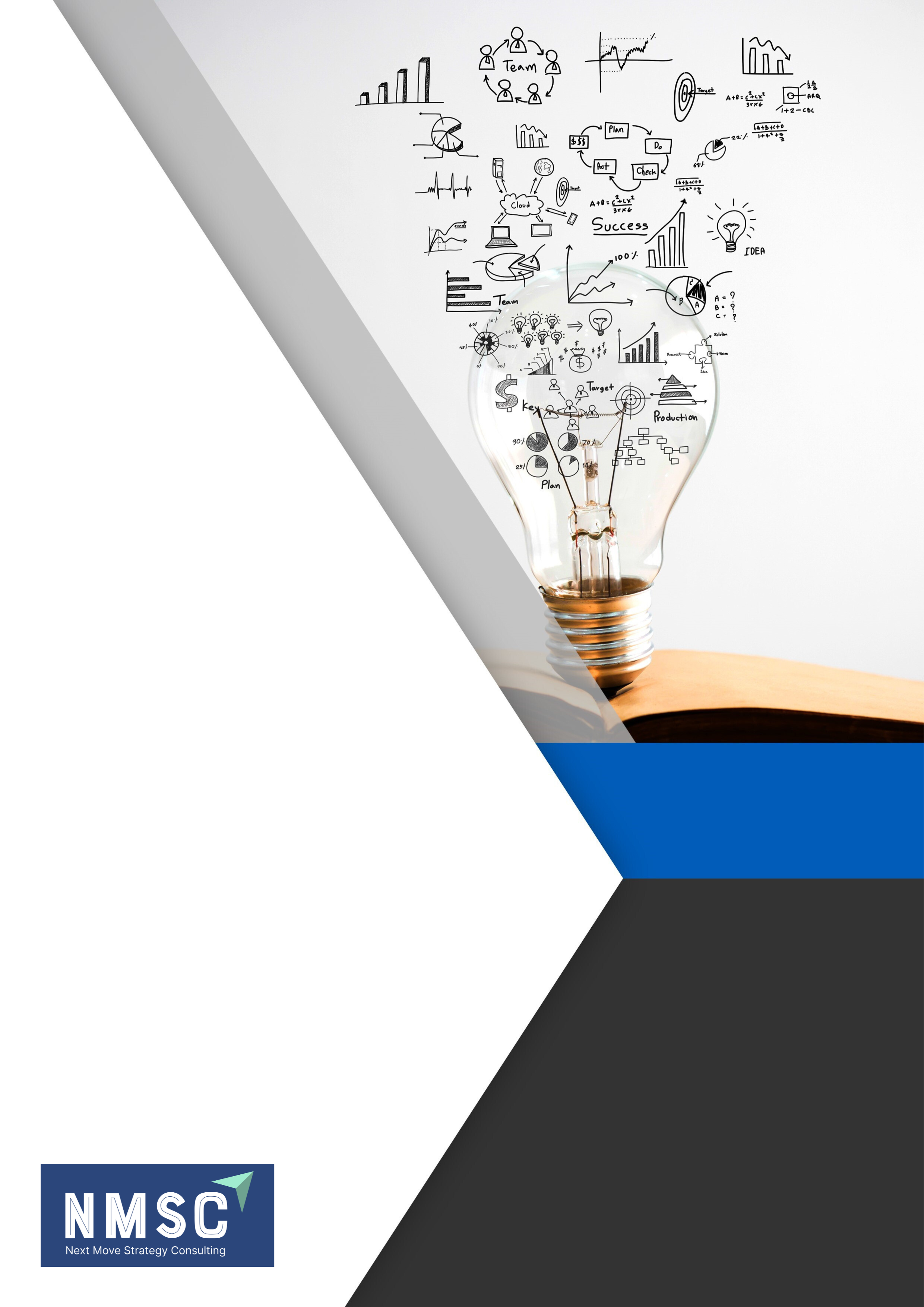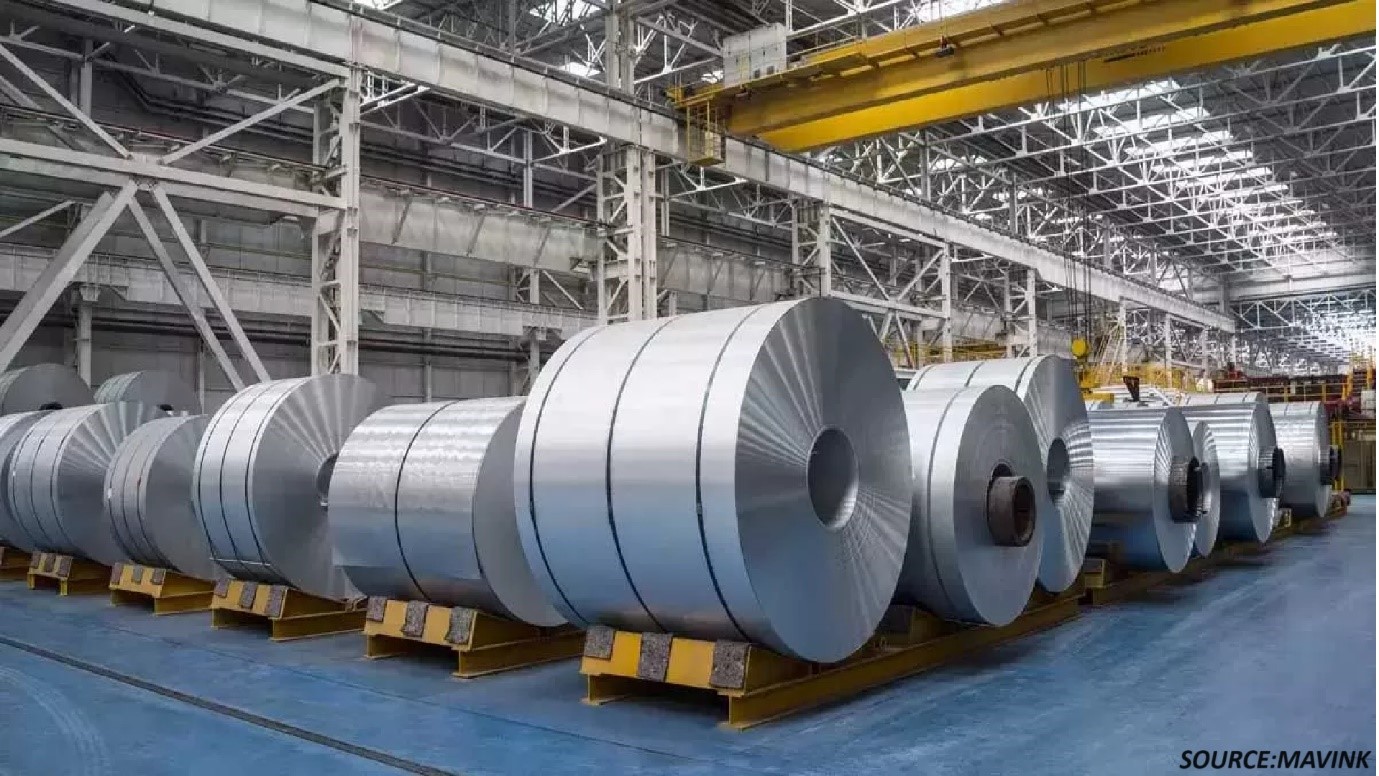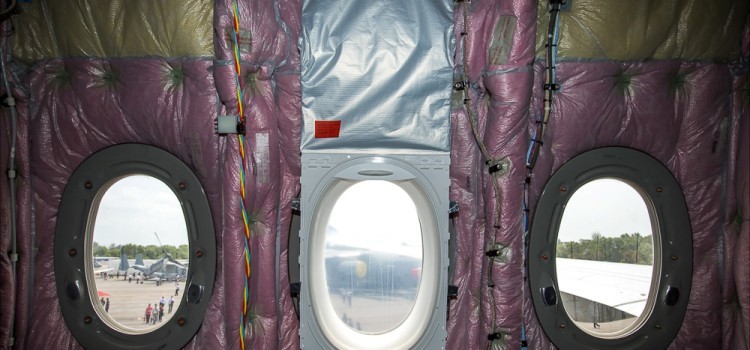
Aerospace Foam Market by Type of Foam (Polyurethane, Polyethylene, Ceramic, Metal foam, and Others), and by Application (General Aviation, Commercial Aircraft, and Military Aircraft) – Global Opportunity Analysis and Industry Forecast, 2024–2030
Industry: Materials and Chemical | Publish Date: 29-Feb-2024 | No of Pages: 370 | No. of Tables: 214 | No. of Figures: 184 | Format: PDF | Report Code : N/A
Market Overview
The global Aerospace Foam Market size was valued at USD 6.8 billion in 2023 and is predicted to reach USD 10.1 billion by 2030, with a CAGR of 5.8% from 2024 to 2030. Aerospace foam refers to specialized foam materials designed and engineered for use in the aerospace industry. These foams are tailored to meet the unique requirements of aircraft and spacecraft, offering properties that contribute to weight reduction, structural support, insulation, and impact absorption.
Aerospace foam finds application in various components within the aircraft, including interior elements such as seats, panels, and insulation, where its lightweight nature, shock-absorbing capabilities, and thermal insulation properties are particularly beneficial. The development and utilization of aerospace foam aim to enhance the overall performance, safety, and comfort of aerospace vehicles.
The Growing Air Travel Industry is Significantly Boosting the Market
The increasing air travel along with rising disposable incomes around the world, is driving the growth in the aircraft fleet globally, thereby boosting the demand for aerospace foam market. This surge in aviation activity is a key catalyst for heightened demand in the aerospace foam market.
As more individuals take to the skies, necessitating an expansion of the aircraft fleet, the demand for aerospace foams rises correspondingly. This trend is reflective of the broader economic shifts influencing the aviation industry, with increasing affluence and a growing preference for air travel worldwide.
According to the International Air Transport Association, in March 2023, Asia-Pacific airlines experienced a remarkable 283.1% surge in traffic compared to the same period in 2022, maintaining strong momentum following the easing of travel restrictions. Also, in March 2023, North American carriers experienced a 51.6% increase in traffic compared to the same period in 2022, with a 34.0% rise in capacity.
The Booming Space Exploration Industry is Fueling the Market Growth
The rising global space exploration industry is propelling the aerospace foam market growth. As countries and private companies engage in more space missions, there is an increased demand for specialized coatings to protect and enhance spacecraft performance.
According to the Space Foundation Organization, the global space economy achieved USD 469 billion in 2021, with the commercial space sector experiencing a 6.4% increase in revenue since 2020.
This growth in space exploration activities is driving the aerospace foam market, as the coatings are essential for safeguarding the surfaces of spacecraft from the harsh conditions of outer space and the Earth's atmosphere. The need for reliable and advanced coatings is crucial to ensure the success and longevity of space missions.
Increasing Awareness of Environmental Sustainability along with Strict Regulatory Standards are Restraining the Market Growth
The aerospace foam market faces constraints due to increasing awareness and regulations focused on environmental sustainability in the aerospace industry. Additionally, strict adherence to safety and regulatory standards acts as a limiting factor, impacting the market's growth. These factors necessitate compliance with rigorous safety measures and environmental considerations, influencing the development and adoption of aerospace foam materials.
The Introduction of Nanotechnology and Additive Manufacturing in Aerospace Foams is Expected to Create Growth Opportunities for the Market
Embracing nanotechnology and additive manufacturing presents a significant opportunity for the aerospace foam market. Integrating nanomaterials into foam holds promise for enhancing mechanical properties, thermal resistance, and flame retardancy. This advancement may lead to the creation of lightweight foams that are both stronger and more durable.
Additionally, leveraging 3D printing and additive manufacturing processes allows for the production of aerospace foam with intricate designs and customized structures. This technology facilitates the development of complex foam geometries, ultimately optimizing performance and efficiency in aerospace applications. By capitalizing on these advancements, the aerospace foam market has the potential to meet evolving industry demands for enhanced materials with improved properties and tailored designs.
North America Dominates the Aerospace Foam Market
The North American aerospace foam market is witnessing substantial growth, propelled by the stringent government regulations in the region about aircraft safety and maintenance. These regulations, continuously becoming more stringent, necessitate the utilization of high-quality foam to meet evolving safety and performance standards.
Consequently, there is a rising demand for aerospace foam as aircraft operators strive to ensure compliance with these rigorous regulations. For example, in 2023, the Federal Aviation Administration introduced a substantial reform in the certification process for aircraft airworthiness.
This reform is designed to modernize and streamline certification procedures, rendering them more efficient and cost-effective than before. This trend aligns with the overarching goal of enhancing safety in the aviation industry, thereby increasing the demand for aerospace foam in the region.
The market is experiencing growth driven by the expanding commercial aviation sector in the region. According to the United States Department of Transportation, U.S. airlines experienced a notable 30% increase in passenger numbers in 2022 compared to 2021, totaling an additional 194 million passengers. Throughout the year, U.S. airlines served a total of 853 million passengers, marking a significant surge from 658 million in 2021 and 388 million in 2020.
This upswing in commercial aviation generates a heightened demand for high-quality foam to safeguard aircraft surfaces and optimize their performance, consequently driving the increased demand for aerospace foam. As airlines strive to meet the growing travel demands of passengers, the aerospace foam market is poised to benefit from this positive trend in the industry.
Asia-Pacific is Expected to Show Steady Growth in the Aerospace Foam Market
Asia-Pacific is expected to witness an increased demand for aerospace foams in the coming years, driven by factors such as the global companies, including BASF SE and Evonik Industries AG actively contributing to the growth of the aerospace foam market in the Asia-Pacific region through their engaged participation, innovative initiatives, and strategic investments.
These companies acknowledge the region's potential as a central hub for aerospace manufacturing and maintenance. Through establishing a local presence and fostering collaborations with regional partners, they play a pivotal role in advancing and expanding the aerospace industry in this area.
Also, the growing space exploration industry, particularly in countries such as China and India, is anticipated to drive the growth of the aerospace foam market. The substantial investments made by these nations in space missions and satellite programs create an increasing demand for advanced aerospace foam.
These foams play a primary role in protecting spacecraft and satellites from the harsh environmental conditions of outer space. Consequently, the rising demand is not only propelling the aerospace foam market but also presenting lucrative opportunities for manufacturers and suppliers in the industry.
According to the Space Foundation Organization, the majority of revenue growth in the space industry occurred in the commercial sector, with a 6.4% increase. The revenue of over USD 224 billion came from space company products and services and almost USD 138 billion was invested in commercial space infrastructure and support in 2022.
This growth is attributed to the increased government spending on military and civil space programs, including an 18% rise by the U.S., an estimated 23% increase by China, and a 36% boost by India.
Competitive Landscape
Several market players operating in the aerospace foam industry include BASF SE, Evonik Industries AG, Solvay, Greiner Aerospace, Boyd Corporation, Huntsman Corporation, Armacell, Pyrotek Inc., Zotefoams Plc, General Plastics Manufacturing Company, and others. These market players are adopting product launches across various regions to maintain dominance in the aerospace Foam market.
For instance, in June 2023, Solvay entered into a long-term supply agreement with Zotefoams to enhance the availability of advanced cellular materials, including foams, catering to diverse industries such as aerospace. The agreement signifies a strategic move to address the growing demand for innovative and high-performance materials in critical applications.
Also, in May 2023, Huntsman announced the development of new materials specifically designed for aerospace applications. This innovation aims to meet the demanding requirements of the aerospace industry, focusing on enhancing performance and efficiency. The introduction of these materials underscores Huntsman's commitment to advancing technology in the aerospace foam market.
Moreover, in March 2022, Evonik invested in a new production facility for Rohacell, a high-performance structural foam. This investment signals a commitment to advancing aerospace foam technology, catering to the increasing demand for lightweight and durable materials in the aerospace industry.
Aerospace Foam Market Key Segments
By Type of Foam
-
Polyurethane
-
Polyethylene
-
Ceramic
-
Metal foam
-
Others
By Application
-
General Aviation
-
Commercial Aircraft
-
Military Aircraft
By Region
-
North America
-
The U.S.
-
Canada
-
Mexico
-
-
Europe
-
The UK
-
Germany
-
France
-
Italy
-
Spain
-
Denmark
-
Netherlands
-
Finland
-
Sweden
-
Norway
-
Russia
-
Rest of Europe
-
-
Asia Pacific
-
China
-
Japan
-
India
-
South Korea
-
Australia
-
Indonesia
-
Singapore
-
Taiwan
-
Thailand
-
Rest of Asia Pacific
-
-
RoW
-
Latin America
-
Middle East
-
Africa
-
REPORT SCOPE AND SEGMENTATION:
|
Parameters |
Details |
|
Market Size in 2023 |
USD 6.8 Billion |
|
Revenue Forecast in 2030 |
USD 10.1 Billion |
|
Growth Rate |
CAGR of 5.8% from 2024 to 2030 |
|
Analysis Period |
2023–2030 |
|
Base Year Considered |
2023 |
|
Forecast Period |
2024–2030 |
|
Market Size Estimation |
Billion (USD) |
|
Growth Factors |
|
|
Countries Covered |
28 |
|
Companies Profiled |
10 |
|
Market Share |
Available for 10 companies |
|
Customization Scope |
Free customization (equivalent up to 80 working hours of analysts) after purchase. Addition or alteration to country, regional, and segment scope. |
|
Pricing and Purchase Options |
Avail customized purchase options to meet your exact research needs. |
KEY PLAYERS
-
BASF SE
-
Evonik Industries AG
-
Solvay
-
Greiner Aerospace
-
Boyd Corporation
-
Huntsman Corporation
-
Armacell
-
Pyrotek Inc.
-
Zotefoams Plc
-
General Plastics Manufacturing Company




 Speak to Our Analyst
Speak to Our Analyst

































